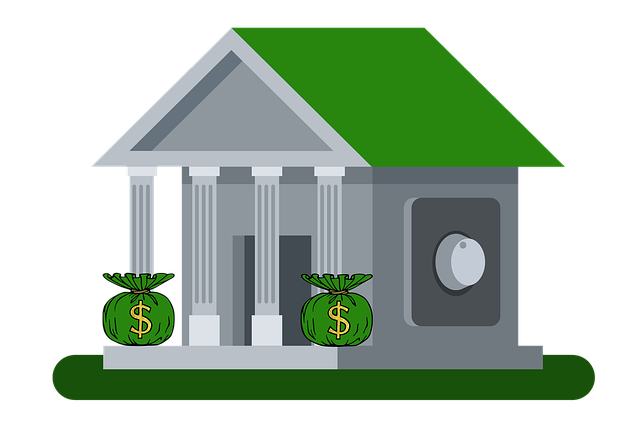TL;DR:
Understanding the distinction between working capital and business loans is crucial for businesses. Working capital loans are suitable for short-term operational costs with flexible terms and lower rates, while business loans fund larger investments over longer periods at potentially higher interest rates. When applying, compare loan types based on needs (operational vs. investment), analyze loan terms (repayment, costs), and conduct a thorough cost analysis to make informed decisions that align with financial objectives. Key considerations include uses of working capital loans, application processes, comparison of loan terms, and comprehensive loan cost assessments.
In the world of financing, understanding the distinction between working capital vs. business loans is paramount for entrepreneurs. While both serve as crucial lifelines for businesses, they cater to different needs. This article guides you through the process of navigating comparing loan types and assessing suitability for your venture. We delve into the uses of working capital loans and break down essential elements in business loan applications. By examining loan terms comparison and engaging in a thorough loan cost analysis, business owners can make informed decisions to fuel growth.
- Understanding Working Capital vs Business Loans: Recognizing Key Differences
- Comparing Loan Types: Factors to Consider for Your Business Needs
- Evaluating Suitability: A Comprehensive Guide to Loan Terms and Cost Analysis
Understanding Working Capital vs Business Loans: Recognizing Key Differences

Many businesses struggle to differentiate between working capital and business loans, often mistaking one for the other while applying for financing. However, these two loan types serve distinct purposes and cater to different financial needs. Understanding their differences is crucial when preparing your business loan applications.
Working capital loans are designed to cover short-term operational expenses such as payroll, inventory, and daily business functions. They provide immediate access to cash flow and typically have flexible terms and lower interest rates. On the other hand, business loans are intended for larger purchases like equipment, real estate, or expansion projects. These loans often come with longer repayment periods and might involve collateral. When comparing loan types, consider the purpose of each: working capital for day-to-day operations versus business loans for significant investments. A thorough analysis of your business’s financial needs and goals will help determine which type is more suitable. Additionally, perform a detailed loan terms comparison and conduct a loan cost analysis to understand the overall impact on your business’s cash flow and long-term financial health.
Comparing Loan Types: Factors to Consider for Your Business Needs

When assessing loan suitability for your business, understanding the nuances between different loan types is crucial. A common distinction lies between working capital loans and traditional business loans. Working capital loans are designed to meet short-term needs, typically used for operational expenses, inventory acquisition, or cash flow management. They offer flexibility in terms of repayment and often have lower interest rates compared to business loans intended for longer-term investments or expansions.
Comparing loan types involves a careful analysis of loan terms, interest rates, and repayment periods. For working capital loans, assess the immediate financial requirements of your business and evaluate if the loan can effectively bridge any gaps in cash flow. In contrast, business loans might be more suitable for larger projects or investments that will yield long-term benefits. A thorough loan cost analysis, considering both fixed and variable costs, is essential to make an informed decision based on your specific business needs and financial goals.
Evaluating Suitability: A Comprehensive Guide to Loan Terms and Cost Analysis

When assessing a loan’s suitability for your business, understanding its terms and costs is crucial. Unlike working capital loans designed to cover short-term expenses and maintain cash flow, business loans have more varied uses such as equipment purchases, real estate acquisitions, or expansion projects. Before applying, carefully compare different loan types based on their structures, interest rates, and repayment periods.
In a detailed loan cost analysis, consider not only the annual percentage rate (APR) but also any fees associated with early repayment, late payment, or loan origination. Additionally, assess the overall flexibility of the loan terms, including options for borrowing against future revenue streams or asset-backed financing. This comprehensive evaluation will enable you to make an informed decision on which loan best aligns with your business’s financial needs and goals.






